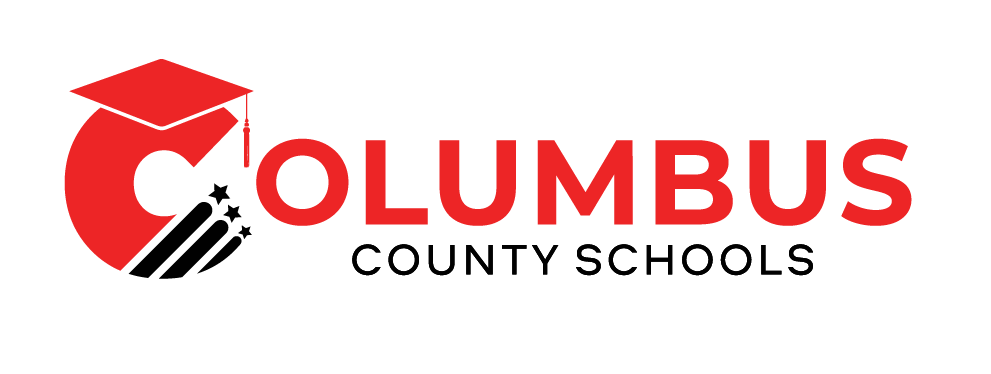
Columbus County Schools Lead North Carolina in FAFSA Completion
Overview
Columbus County, NC, has been recognized as the top-performing school district in North Carolina for Free Application for Federal Student Aid (FAFSA) completion for the second consecutive year. Out of 115 school districts statewide, Columbus County Schools achieved nearly 82% FAFSA completion among high school seniors as of June. This accomplishment was formally acknowledged at the North Carolina Financial Aid Summit.
Significance of FAFSA Completion
Laura Hunter, Director of Curriculum & Instruction at Columbus County Schools, emphasized the critical role FAFSA plays in expanding post-secondary opportunities for students. She stated:
“FAFSA opens doors students may not even know exist. It gives them real, tangible options after high school—college, trade school, or workforce training—that might not have been part of their plans yet. Even if they’re still figuring out their next step, completing the FAFSA ensures those opportunities stay within reach. As a result, more of our students are positioned for success beyond high school because one of the most common barriers to continuing their education—cost—can be significantly reduced or even removed.”
Alignment with Sustainable Development Goals (SDGs)
The efforts of Columbus County Schools directly contribute to several United Nations Sustainable Development Goals, including:
- SDG 4: Quality Education – By increasing FAFSA completion rates, the district promotes inclusive and equitable quality education and lifelong learning opportunities for all students.
- SDG 1: No Poverty – Facilitating access to financial aid helps reduce economic barriers to education, thereby contributing to poverty alleviation.
- SDG 8: Decent Work and Economic Growth – Enabling students to pursue higher education or vocational training supports their future employability and economic productivity.
Conclusion
Columbus County Schools’ leadership in FAFSA completion exemplifies a strategic approach to empowering youth through education financing. This initiative not only enhances individual student outcomes but also advances broader societal goals aligned with sustainable development. Continued focus on FAFSA completion is essential to maintaining and expanding these positive impacts.

1. Sustainable Development Goals (SDGs) Addressed or Connected
- SDG 4: Quality Education
- The article focuses on increasing FAFSA completion rates, which supports access to higher education and vocational training opportunities.
- SDG 1: No Poverty
- By facilitating access to financial aid, the article addresses reducing financial barriers to education, which can contribute to poverty alleviation.
- SDG 8: Decent Work and Economic Growth
- Encouraging workforce training and education supports youth employment and economic growth.
2. Specific Targets Under Those SDGs
- SDG 4: Quality Education
- Target 4.3: By 2030, ensure equal access for all women and men to affordable and quality technical, vocational and tertiary education, including university.
- Target 4.4: By 2030, increase the number of youth and adults who have relevant skills, including technical and vocational skills, for employment, decent jobs and entrepreneurship.
- SDG 1: No Poverty
- Target 1.4: By 2030, ensure that all men and women have equal rights to economic resources, as well as access to basic services, ownership and control over land and other forms of property, inheritance, natural resources, appropriate new technology and financial services, including microfinance.
- SDG 8: Decent Work and Economic Growth
- Target 8.6: By 2020, substantially reduce the proportion of youth not in employment, education or training.
3. Indicators Mentioned or Implied in the Article
- FAFSA Completion Rate
- The article explicitly mentions that nearly 82% of high school seniors completed FAFSA applications, which can serve as an indicator of access to financial aid and readiness for post-secondary education.
- Post-secondary Enrollment and Completion Rates (Implied)
- While not directly mentioned, the article implies that FAFSA completion leads to increased college, trade school, or workforce training enrollment, which are common indicators for SDG 4 targets.
- Youth Employment or Training Participation (Implied)
- Workforce training opportunities mentioned relate to indicators measuring youth engagement in employment or training programs under SDG 8.
4. SDGs, Targets and Indicators Table
| SDGs | Targets | Indicators |
|---|---|---|
| SDG 4: Quality Education |
|
|
| SDG 1: No Poverty |
|
|
| SDG 8: Decent Work and Economic Growth |
|
|
Source: wwaytv3.com







